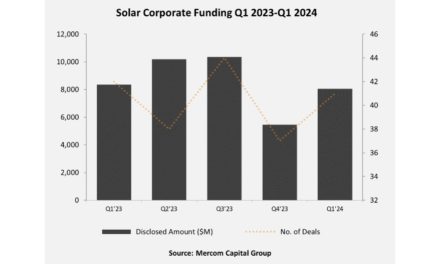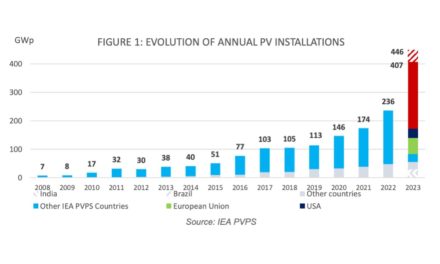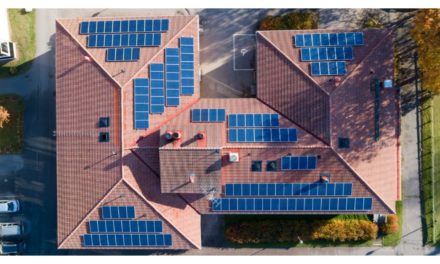The significant drop in Chinese solar module prices has boosted demand for solar technology globally, yet for the same reason investment in manufacturing projects has become unattractive, even with incentives, says Mercom Capital Group CEO Raj Prabhu.
He also points to several other challenges the industry currently faces, including the likelihood of prolonged high interest rates, higher labor and construction costs due to inflation, and supply chain issues, coupled with trade disputes and tariffs. All these factors have led to the market experiencing ‘peak uncertainty and a challenging investment climate.’
Prabhu cites these reasons to attribute the 4% annual decline in total corporate funding in the solar sector during Q1/2024. The sector raised a total of $8.1 billion in 41 deals. However, it was a 47% sequential increase over $5.5 billion raised during Q4/2023.
“VC investments were down, and M&A activity continues to be subdued. Given the current market conditions, it wouldn’t be surprising if the recovery is delayed further in conjunction with rate cuts,” cautions the Mercom CEO in the Q1 2024 Solar Funding and M&A Report.
According to the Mercom report, total global venture capital (VC) funding during the reporting quarter was $406 million in 13 deals, representing an 81% annual and a 68% quarterly drop. The top VC deal of the period was a $200 million BlackRock investment in Enviria. Around 70% of the money was raised by downstream companies.
Public market financing of $1.4 billion in 6 deals saw a decline of 39% annually, but it went up by 627% sequentially compared to $195 million in Q4/2023.
Announced debt financings added up to $6.2 billion in 22 deals, representing a 59% annual increase and a 55% sequential improvement.
A total of 21 solar merger and acquisition (M&A) transactions were recorded during the period, led by downstream companies. Mercom counts almost 10.8 GW PV capacity exchanging hands in Q1 this year, down from 11.9 GW in Q1/2023. In the previous quarter, this volume was a total of 13.7 GW.
Investment firms and funds led the acquisition drive, followed by project developers and independent power producers (IPP), among others.
The entire Mercom report covering 274 companies and investors, can be purchased from its website with prices starting from $299.
Higher interest rates playing spoilsport
In a separate report, Wood Mackenzie also points to higher interest rates as impacting the competitiveness of renewable energy. This high interest rate environment is a ‘headwind’ to the energy transition, it adds.

Wood Mackenzie’s graph here shows the levelized cost of energy of power generation in the US. (Photo Credit: Wood Mackenzie)
It points to the competitiveness of renewables, including onshore wind and solar. Even without subsidies, in some cases, these have an economic advantage over hydrocarbon generation, for instance in the US. “Higher interest rates, though, are eroding that advantage,” according to the report.
Wood Mackenzie analysts recommend policymakers focus on improving subsidy efficiency and mobilizing climate finance as priorities to help offset or mitigate the burden of higher interest rates.
Speeding up permitting and project approvals along with incentives will go a long way too, according to the report titled Conflicts of interest: the cost of investing in the energy transition in a high interest-rate era. It can be downloaded for free from Wood Mackenzie’s website.















